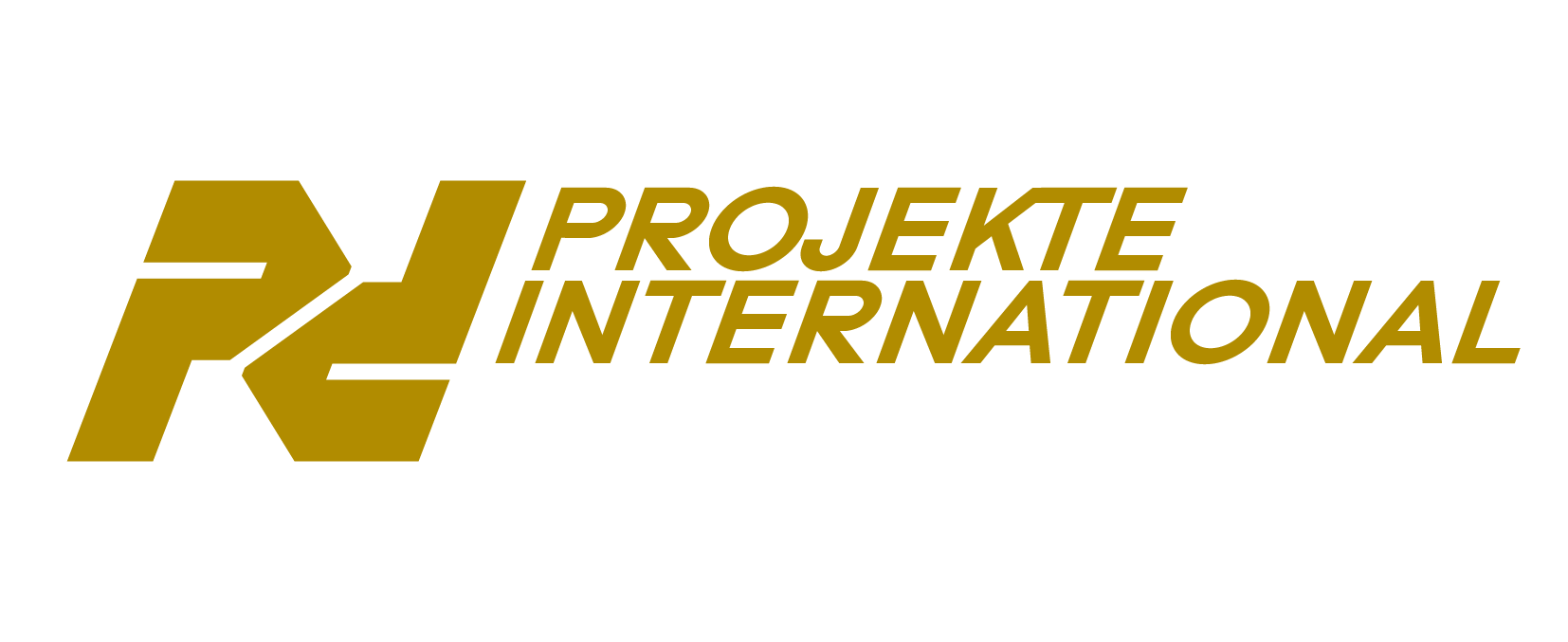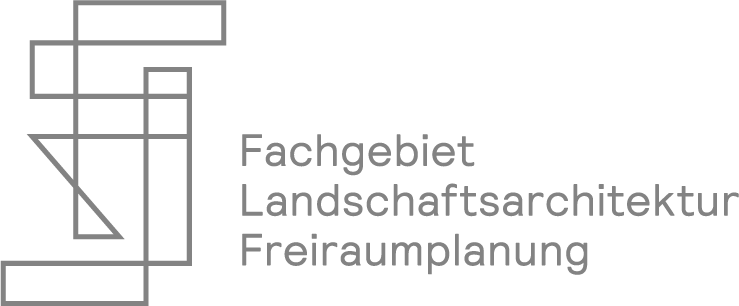SPECULATIONS! with
51N4E - Acte
Which infrastructure is being neglected, has to be maintained, created or cancelled?
"I think the infrastructure that is often neglected or at least taken too much for granted is the most mundane forms of infrastructure. I like the way how Susan Star described 'infrastructure as both relational and ecological - it means different things to different people and it is part of the balance of action, tools, and the built environment, inseparable from them. It also is frequently mundane to the point of boredom, involving things such as plugs, standards, and bureaucratic forms.' A very exciting project would be one where you can think infrastructure so broadly, from the screwdriver to the viaduct."
Dieter Leyssen
"The species of infrastructure that we see undergoing transformation, again and again, are related to transport. The mindset around mobility has witnessed a drastic shift in a span of a generation and highways, railways, and bridges are becoming available for reimagination one after another. This of course provides us with large networks of available space to complement urban and suburban settings with complementary developments and landscapes which will feed neighbourhoods with a refreshed identity."
Arya Arabshahi
"The answer to that question isn’t really which infrastructure but more where is infrastructure being neglected. Through the past decades, we made not only human functioning but also ecosystems very dependent on infrastructure. Through a logic of support and investment over time rural or depopulated areas were very much neglected. The drought problem of the recent years for example lays bare a big problem in those regions that from a political point of view is sometimes less interesting to invest in. In Germany this is causing a major challenge for the Rhine river. This also shows that artificial alternatives to natural phenomenon are not the solution over time."
Harold Vermeiren
How does infrastructures need to change and reconfigure in light of global and local challenges?
"In the same tone of the previous answer, I think the approach to infrastructure could be more modest. The abundance of existing infrastructures (highways, ports, but also bureaucracies and technologies) this can be a base for new practices and modes of living, without few modifications. So not so much the infrastructure to change but the ways of using it."
Dieter Leyssen
"How can we design for the next 100 years in an era of accelerated change? This is the urgent question that adaptive infrastructure needs to respond to. By bringing in incremental urbanism as a methodology and by viewing infrastructure as part of the civic fabric of our societies, we concentrate our efforts to create resilient spatial and social platforms with architectural attention to detail."
Arya Arabshahi
"The difficulty within this question is this tension between the global and local solutions. A lot of times global problems such as waste, rainwater management or public transport are addressed from a top down implementation strategy and its accompanying logics. Yet the infrastructural strategy could benefit from a more fine-grained local approach. Why implement a large scale waste management system if you can create a dynamic of creating less waste in a community by offering clear alternatives to consumers and businesses?"
Harold Vermeiren
About the authors:
51N4E is rooted in Europe, where comfort slows down change. In the face of a democratic and ecological deficit, transformation happens here in a space that is already occupied by multiple and often parallel realities. In this context, we use design to help overcome opposition and create integrated value and new experiences.
51N4E is a self-steering collective that wants to empower people to be both autonomous and connected. It does so by organizing the supportive processes needed for a collaborative design culture. This collaboration platform combines the internal studios with a growing network of external partners. As such, it mirrors today’s complex reality and produces an ecosystem of knowledge.
BB2040
[EN] Berlin Brandenburg 2040 was initiated by the Habitat Unit in cooperation with Projekte International and provides an open stage and platform for multiple contributions of departments and students of the Technical University Berlin and beyond. The project is funded by the Robert Bosch Foundation.
[DE] Berlin Brandenburg 2040 wurde initiiert von der Habitat Unit in Kooperation mit Projekte International und bietet eine offene Plattform für Beiträge von Fachgebieten und Studierenden der Technischen Universität Berlin und darüberhinaus. Das Projekt wird von der Robert Bosch Stiftung gefördert.








